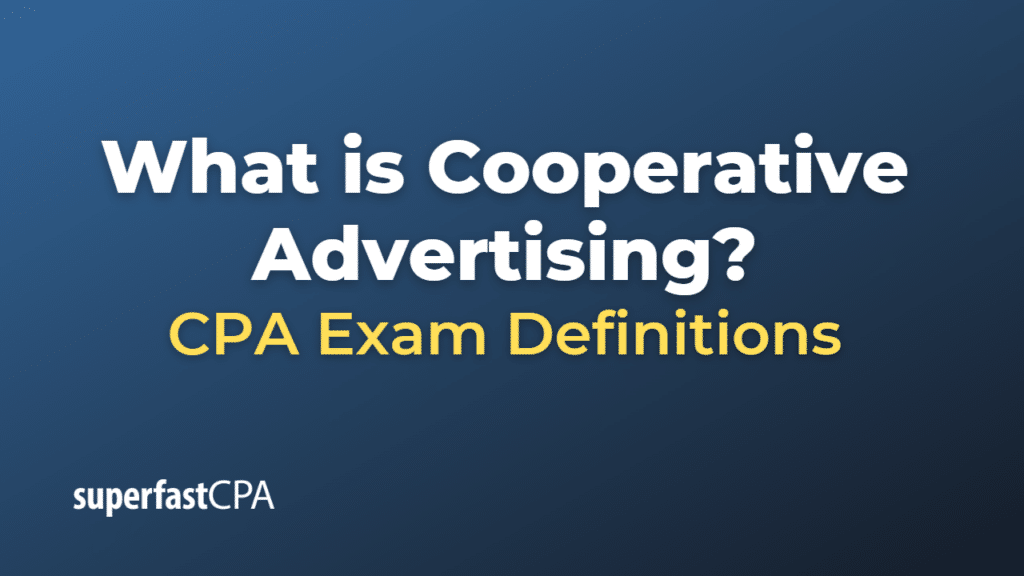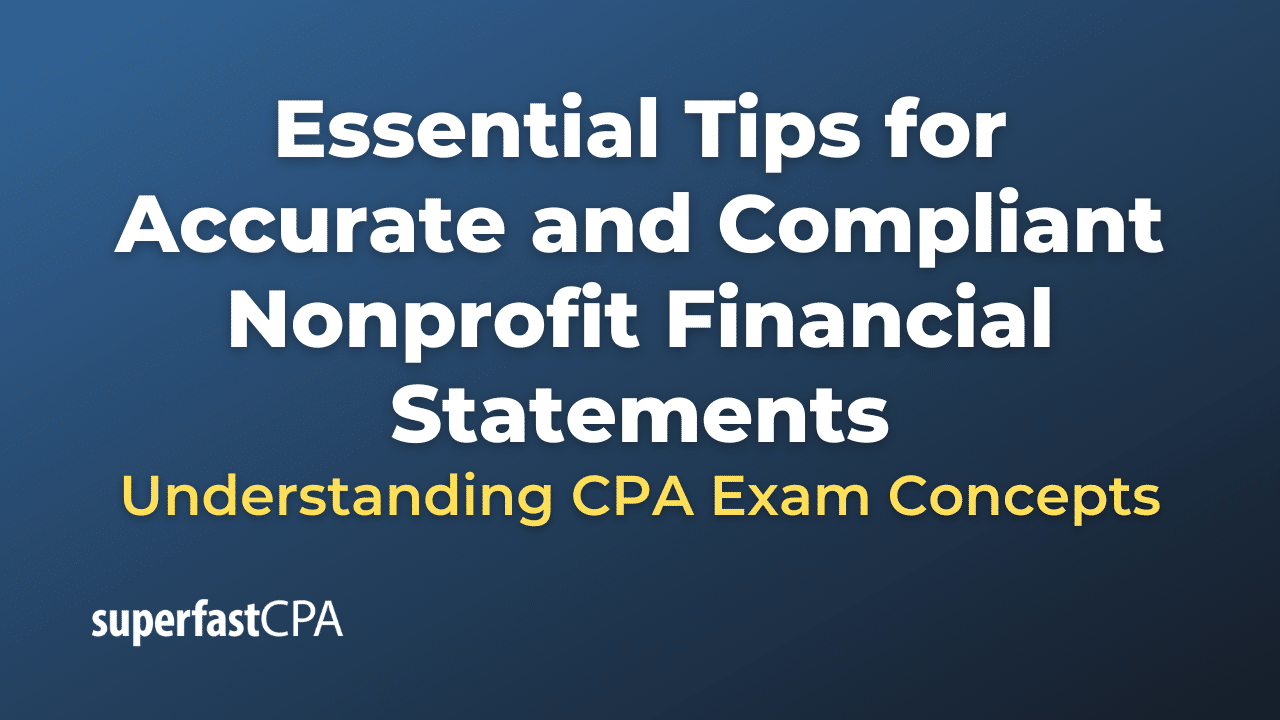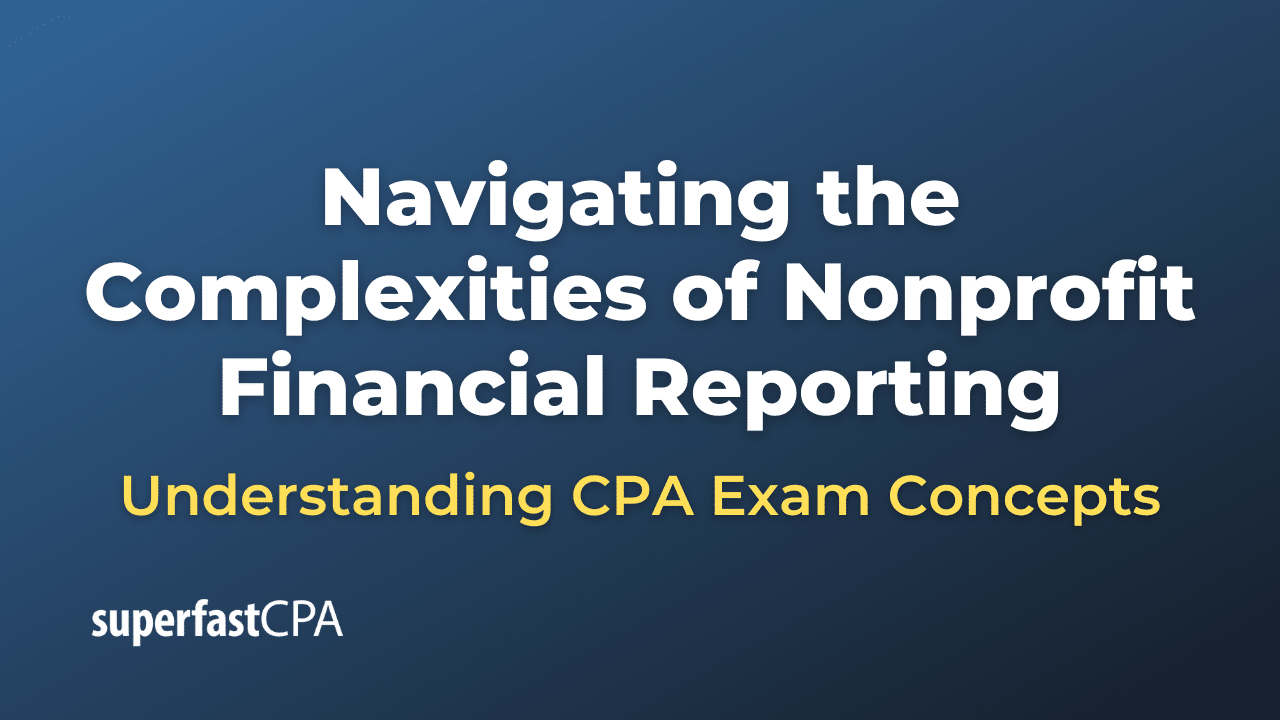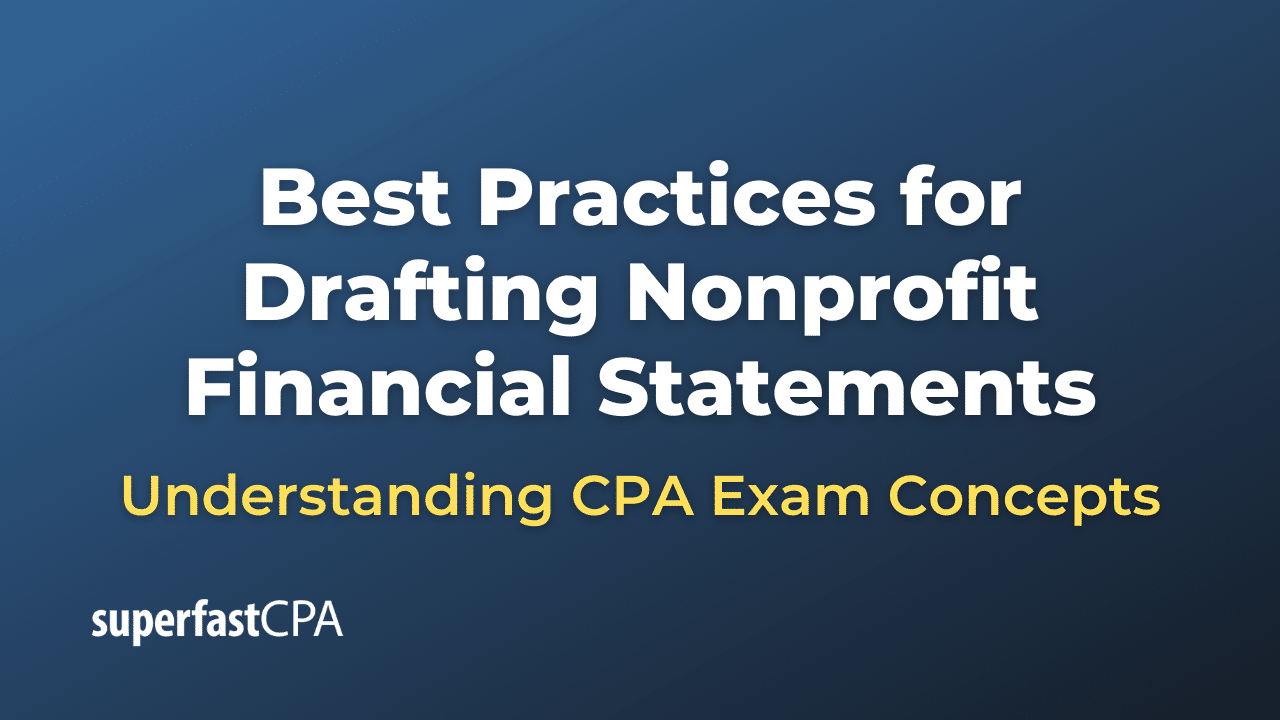Cooperative Advertising
Cooperative advertising (also known as co-op advertising) is a marketing strategy in which a manufacturer and a retailer (or multiple retailers) join forces to promote a product or service and share the advertising costs. The goal of cooperative advertising is to increase the reach and effectiveness of promotional efforts while reducing the overall marketing expenses for both parties involved.
In a typical cooperative advertising arrangement, the manufacturer provides a certain amount of financial support to the retailer for the promotion of the manufacturer’s product. This support can be based on a percentage of the retailer’s sales or purchases of the manufacturer’s product, a fixed amount per unit sold, or other agreed-upon terms. The retailer, in turn, uses the funds to create and run advertisements that feature the manufacturer’s product, often alongside the retailer’s branding or other products.
Cooperative advertising can take various forms, such as:
- Print ads in newspapers or magazines
- Radio or television commercials
- Online and digital ads, including social media and search engine marketing
- In-store displays, signage, or promotional materials
- Direct mail or email campaigns
The benefits of cooperative advertising include:
- Cost savings: Both the manufacturer and the retailer save on advertising costs by sharing the expenses, allowing them to allocate resources to other marketing efforts or business operations.
- Increased exposure: Cooperative advertising can expand the reach of promotional efforts, as both parties contribute to the marketing campaign and may have different target audiences or customer bases.
- Improved brand awareness: By featuring the manufacturer’s product alongside the retailer’s branding, cooperative advertising can help build brand recognition and awareness for both parties.
- Enhanced relationships: Participating in cooperative advertising can strengthen the relationship between manufacturers and retailers, fostering collaboration, loyalty, and mutual support.
It is essential for both parties in a cooperative advertising arrangement to establish clear guidelines, expectations, and performance metrics to ensure that the campaign is successful and benefits both the manufacturer and the retailer.
Example of Cooperative Advertising
Let’s consider a hypothetical example to illustrate cooperative advertising:
Imagine that Company A is a manufacturer of a popular brand of energy-efficient LED light bulbs. Company A wants to increase the visibility of its products and boost sales. Company B is a national home improvement retail chain that carries Company A’s LED light bulbs in its stores.
Company A and Company B decide to engage in a cooperative advertising campaign to promote the energy-efficient LED light bulbs. They agree that Company A will provide financial support to Company B based on a percentage of the retailer’s sales of the light bulbs. In return, Company B will create and run advertisements featuring the LED light bulbs, along with their store branding, in local newspapers, radio spots, and online platforms such as social media and search engine marketing.
The cooperative advertising campaign has several benefits for both parties:
- Cost savings: By sharing the advertising expenses, both Company A and Company B can allocate more resources to other marketing efforts or business operations.
- Increased exposure: The cooperative advertising campaign expands the reach of promotional efforts, as it targets both Company A’s and Company B’s customer bases.
- Improved brand awareness: The advertisements feature both the LED light bulbs and Company B’s store branding, increasing brand recognition and awareness for both the manufacturer and the retailer.
- Enhanced relationships: The cooperative advertising arrangement fosters collaboration, loyalty, and mutual support between Company A and Company B.
This example demonstrates how cooperative advertising can be a beneficial marketing strategy for both manufacturers and retailers, allowing them to share costs, increase exposure, and strengthen their business relationships.













